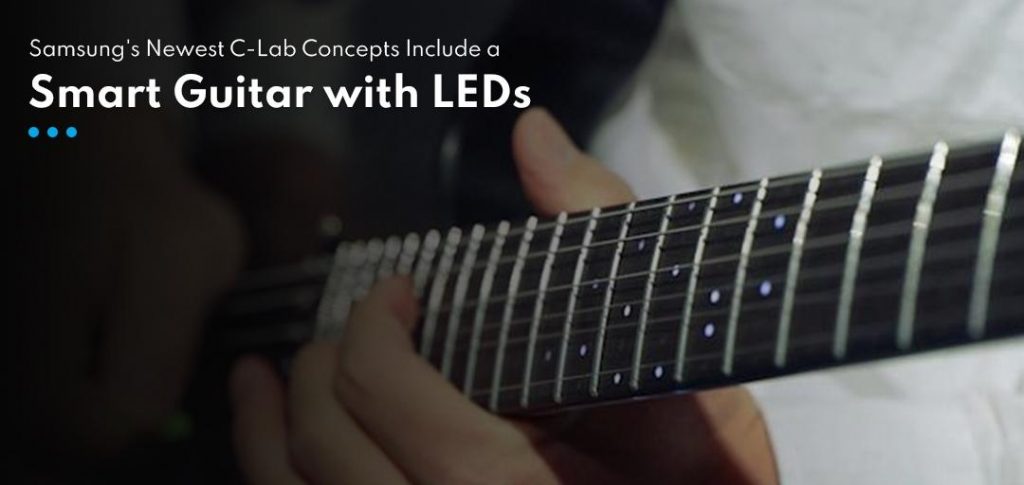South Korea’s Samsung Group is a worldwide industrial group with its headquarters in Samsung Town in Seoul, South Korea. It consists of multiple related firms, the majority of which are unified under the Samsung name, and it is the biggest chaebol in South Korea (business conglomerate). According to Brand Finance, as of 2020, Samsung will have the eighth greatest worldwide brand value.
When Lee Byung-Chul launched Samsung in 1938, it was primarily a trade concern. However, the group expanded into many other industries over the following three decades, including food manufacturing, textiles, insurance, securities, and retail. After establishing itself in the electronics business in the late 1960s, Samsung expanded into the construction and shipbuilding industries in the mid-1970s, which would serve as the foundation for the company’s later expansion. As a result of Lee’s death in 1987, Samsung was divided into five corporate groups: The Samsung Group, the Shinsegae Group, the CJ Group, Hansol Group, the Joongang Group, and other subsidiaries.
Important Samsung industrial affiliates include Samsung Electronics (the world’s largest information technology company, consumer electronics manufacturer, and chipmaker by 2017 revenues), Samsung Heavy Industries (the world’s second-largest shipbuilder by 2010 revenues), and Samsung Engineering and Samsung C&T Corporation (the world’s 13th and 36th largest construction companies, respectively). Samsung Electronics is the world’s largest information technology company, consumer electronics manufacturer, and chipmaker by 2017 revenues. The company’s other notable subsidiaries include Samsung Life Insurance, which ranks as the world’s 14th largest life insurance company in terms of revenue in 2012, Samsung Everland, which operates the Everland Resort, which is South Korea’s oldest theme park and Cheil Worldwide, which ranks as the world’s 15th largest advertising agency in terms of revenue in 2012.
Samsung Galaxy Smartphones
It was originally stylized as Samsung GALAXY and shortened as SG. Samsung Electronics developed, produced, and sold the Samsung Galaxy (previously stylized as Samsung GALAXY and abbreviated as SG) computer and mobile computing devices. The product line includes high-end smartphones such as the Samsung Galaxy S series, tablets such as the Samsung Galaxy Tab series, tablets and phablets with the added functionality of a stylus such as the Samsung Galaxy Note series, the foldable Samsung Galaxy Z series, and smartwatches such as the first version of the Samsung Galaxy Gear, with later versions dropping the Galaxy branding until the release of the Samsung Galaxy Watch in 2018. The Samsung Galaxy Watch is the company’s first wearable device.
The Android operating system developed by Google is used by Samsung Galaxy smartphones, including a customized user interface known as One UI (with previous versions known as Samsung Experience and TouchWiz). The Galaxy TabPro S, on the other hand, is the first Galaxy-branded Windows 10 gadget to be introduced at the 2016 Consumer Electronics Show. Galaxy Watch is the first Galaxy-branded wristwatch since the release of later versions of the Gear smartwatch from 2014 to 2017. It is the first Galaxy-branded smartwatch since the release of later iterations of the Gear smartwatch from 2014 to 2017. A few days after some early reviewers complained that their smartphones’ screens had shattered, the firm said it would delay the debut of its folding smartphone, the Galaxy Fold, until September 2019. The Fold was re-released in September 2019.
Samsung’s Newest C-Lab
Samsung has presented its C-Lab incubator concepts for CES 2022, as it does every year around this time, intending to gauge user feedback and subsequently develop the most promising ideas. This year’s show-stopper is ZamStar, a guitar and software combination intended to make cooperation and learning more convenient for students. Other noteworthy initiatives include an artificial intelligence solution to assist children in developing healthy smartphone habits and a nursery mobile that may be used to diagnose newborn strabismus at an early stage (eye crossing).
ZamStar comprises an app and a bespoke guitar known as the hamstring. According to the concept, you may perform a guitar part and then sync it up with other musicians all around the globe using effects. An apparent take on the COVID-19 TikTok trend of collaborative musical compositions (remember all those sea shanties from earlier this year?), to make it simple to sync your music with other people’s. For its part, the ZamString guitar has a fretboard that illuminates in response to the input from a song, making it simple to figure out where to place your fingers. It is not a novel idea, but it is possibly the first to combine the learning and the collaborative parts of a learning environment.
On the other hand, Samsung refers to Piloto as an “AI solution that assists youngsters in developing appropriate smartphone use habits with file sharing features.” The goal is to educate children on “self-regulation skills” via smart gadgets to assist them in making appropriate decisions. In addition, Innovision is described as “a daily life eye-care system that includes a nursery mobile to detect suspicious indicators of strabismus and track visual ability development status in newborns.” That seems to be an excellent concept, given that newborns naturally gravitate toward mobiles.
In addition to its internal incubators, Samsung’s C-Lab Outside supports nine companies, including Petnow, developing an artificial intelligence-based biometric identification system for dogs. At CES 2022, each of these initiatives will stand where visitors may see them in action. So far, Samsung looks to be intending to attend the show and has not followed the footsteps of other exhibitors (Google, Lenovo, Intel, Amazon, Meta, T-Mobile, among others) in canceling their participation.

